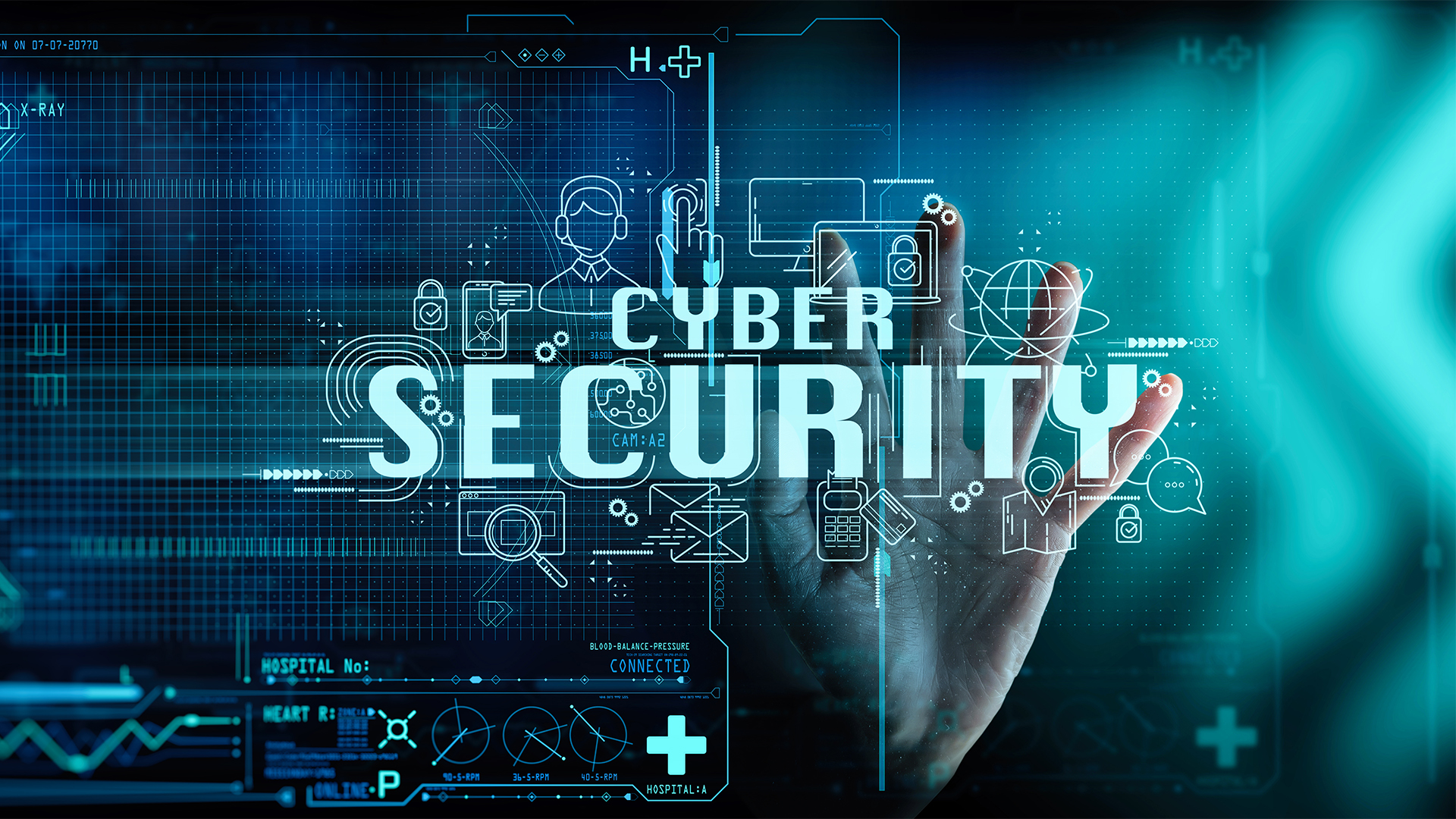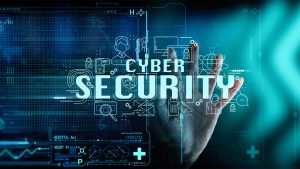
💻 Cyber security in 2025: Evolution, Resilience & the Fight Against Smart Hackers
🌍 Introduction:💻 Cyber security in 2025
💻 Cyber security in 2025 :As our world becomes more connected, cyber security is more important than ever. From smartphones and laptops to banks and hospitals, everything runs on the internet.As technology gets better and more advanced, cyber attacks also increase and become smarter.
In 2025, hackers are smarter, AI tools are faster, and data is more valuable. So, the way we defend ourselves must also evolve. This article explores how cyber security has changed, how organisations are staying resilient, and what trends are shaping the future of digital protection.
🛡️ 1. Cyber Threats Are Getting More Advanced
Cyber attacks are no longer just about viruses. Hackers today use AI-powered tools, deepfakes, and ransomware that can shut down entire companies or governments.
Just in 2024, there were 30% more ransomware attacks worldwide than before.
Deepfake scams tricked people into sending millions of dollars to fake accounts.
Even smart homes were targeted hackers accessed devices like door cameras and speakers.
This new generation of threats has forced companies to rethink their entire security strategy.
🔄 2. The Shift from Protection to Resilience
Earlier, the focus was on building walls like antivirus software or firewalls to stop hackers. Now, it is about resilience.
Resilience means:
Can you recover quickly after an attack
Can your systems keep running even if hacked
Do you have a backup plan ready for when things don’t go as expected
Companies now create incident response plans, backup systems, and use cyber drills just like fire drills, but for digital threats.
🤖 3. AI & Machine Learning: Both a Threat and a Shield
💻 Cyber security in 2025:
AI is a double-edged sword in cyber security.
Hackers use AI to create smarter phishing emails, fake voices, or even scan networks for weak points.
But defenders use AI too—to scan for threats, block fake logins, and detect strange behaviour before it becomes dangerous.
For example, a bank’s computer system might see someone logging in from a different country at 3 in the morning and think that’s suspicious.
🧠 4. Zero Trust Architecture: Trust No One
Zero Trust is a fresh way to keep data safe. It means:
In the old way, once a person logged in, they could see and use everything.
New method: No access is given unless it’s verified again and again.
Zero Trust means:
Every login, device, and request is checked.
People at work can only see and use what’s important for their work, not everything.
If a hacker breaks in, they can’t move around freely.
This model keeps sensitive data safer—even if someone gets inside the network.
🔐 5. Multi-Factor Authentication (MFA): Now Standard
These days, just one password is no longer enough to keep your accounts safe. In 2025, multi-factor authentication is everywhere.
MFA means you need two or more of the following explained in a clearer way:
It could be something you know, like a password. Or it might be something you have, such as a phone or security key. In some cases, it’s something you are like your fingerprint or a face scan.
Even social media, school systems, and gaming apps now require MFA. Even though it is simple, this step can really boost your security.
🌐 6. Cyber security for Remote Work:💻 Cyber security in 2025
💻 Cyber security in 2025:
Since the pandemic started, working from home has become very common. It gave people more flexibility and comfort but it also brought some new problems. One of the biggest challenges was keeping things secure. With so many people using personal devices and home networks, it became easier for hackers to find weak spots. As a result, companies had to think differently about cyber security and find smarter ways to protect their data.
People working from home might use:
Public Wi-Fi
Unsecured personal devices
Shared computers
Companies now use VPNs, cloud security tools, and virtual desktops to keep employees safe—no matter where they work from.
🏥 7. Securing Critical Sectors: Health, Finance & Energy
Certain industries face more risk—especially those that deal with people’s lives or money.
Hospitals now protect patient data with encrypted records and AI-powered scanning.
Banks invest in digital vaults, 24/7 monitoring, and fraud detection systems.
Energy companies guard power grids from foreign hackers using secure control systems.
In all these sectors, cyber security is not optional it is a must.
🌐 8. Rise of Cyber security Awareness & Training:💻 Cyber security in 2025
💻 Cyber security in 2025:
The biggest weakness in any system? People. A single click on a fake email can open the door to attackers.
That is why: Companies run cyber awareness programs every few months.
Schools teach online safety to students as young as 10.
To keep people safe, governments are helping them learn how to recognise and avoid scams.
Education is one of the strongest tools in building digital resilience.
⚖️ 9. Government Policies & Cyber Laws
Governments worldwide are now creating strict rules to protect citizens online.
Data privacy laws, similar to Europe’s GDPR, have now been introduced in countries across Asia, Africa, and the Middle East.
Companies must report hacks fast—or face heavy fines.
Data privacy is now a legal right in many countries.
These laws push companies to follow best practices—and punish those who ignore security.
🔮 10. The Future of Cyber security: What is Next
Looking ahead, expect to see:
Quantum-resistant encryption to protect against future tech.
Bio metric security becoming more common (like palm scanners and voice ID).
AI-driven, self-healing systems that repair themselves after attacks.
Global cooperation between countries to fight cyber crime together.
As threats grow, so will our tools, teams, and technology.
📌 Summary Table:💻 Cyber security in 2025
Area What is Changing
Threats More advanced, AI-powered attacks
Defence Focus on resilience and fast recovery
Tech AI, Zero Trust, and bio metrics
Work Remote work security measures
Sectors Special protection for health, finance, energy
People More training and awareness
Law Stronger privacy and reporting rules
Future Quantum protection and global teamwork
✅ Final Thoughts: 💻 Cyber security in 2025
Cyber security is not just about stopping hackers it is about staying strong, bouncing back, and keeping the digital world safe for everyone. In 2025, businesses, governments, and individuals are all working together to build a more resilient online future.

